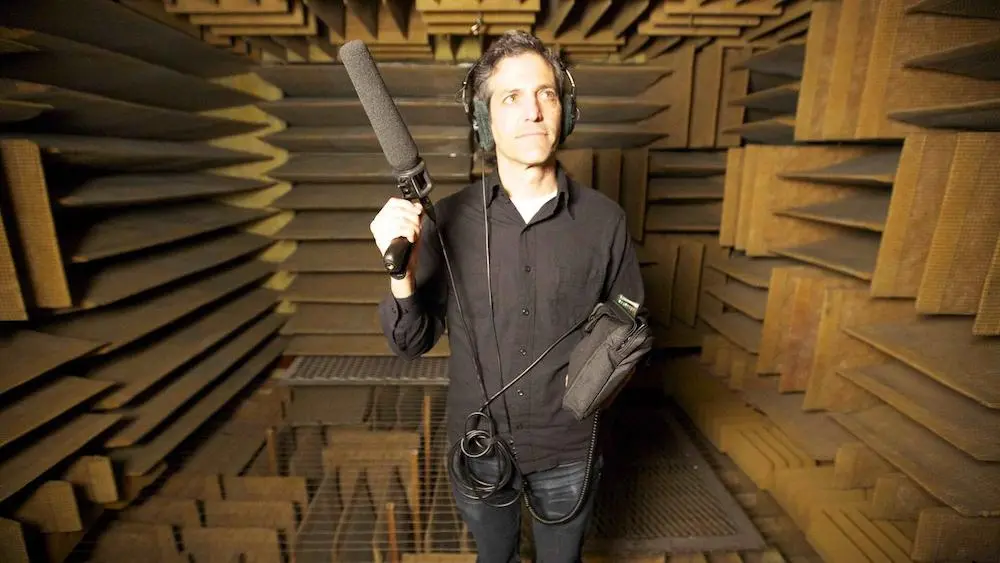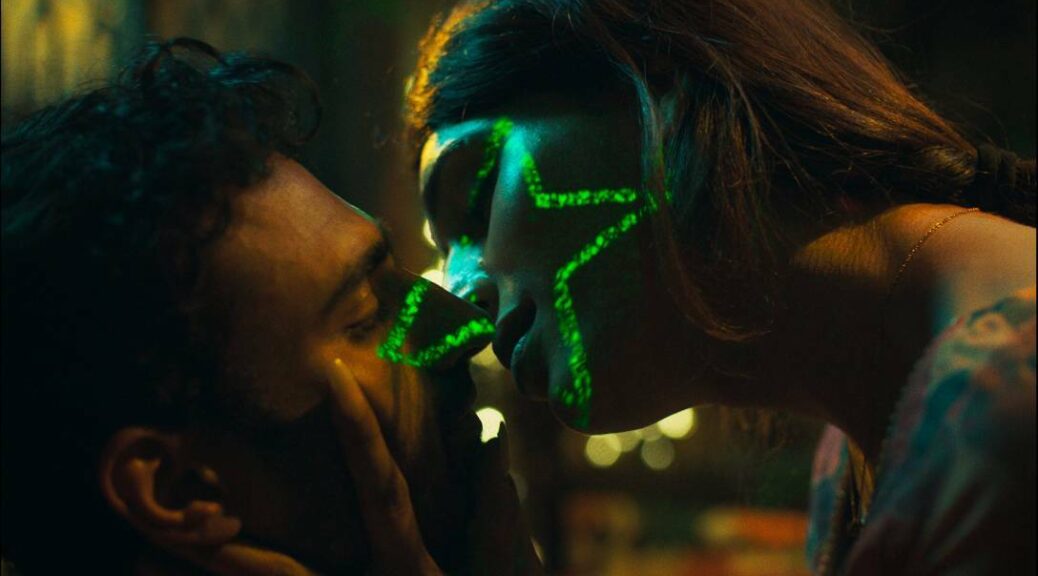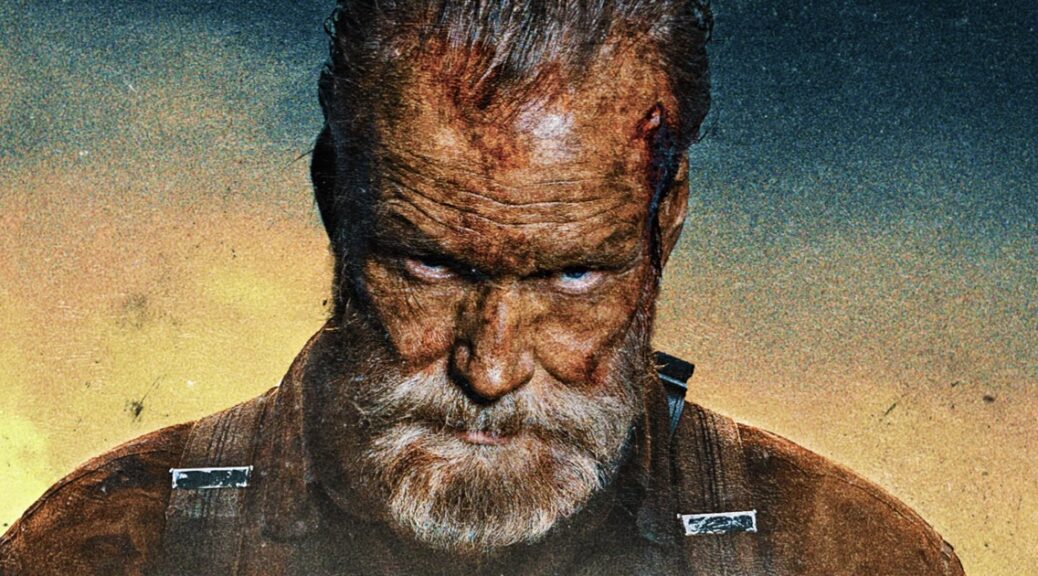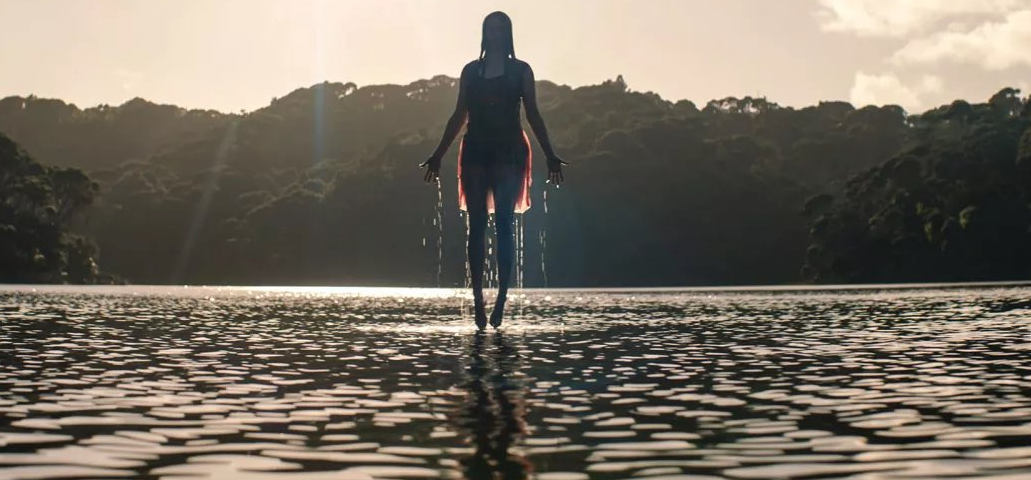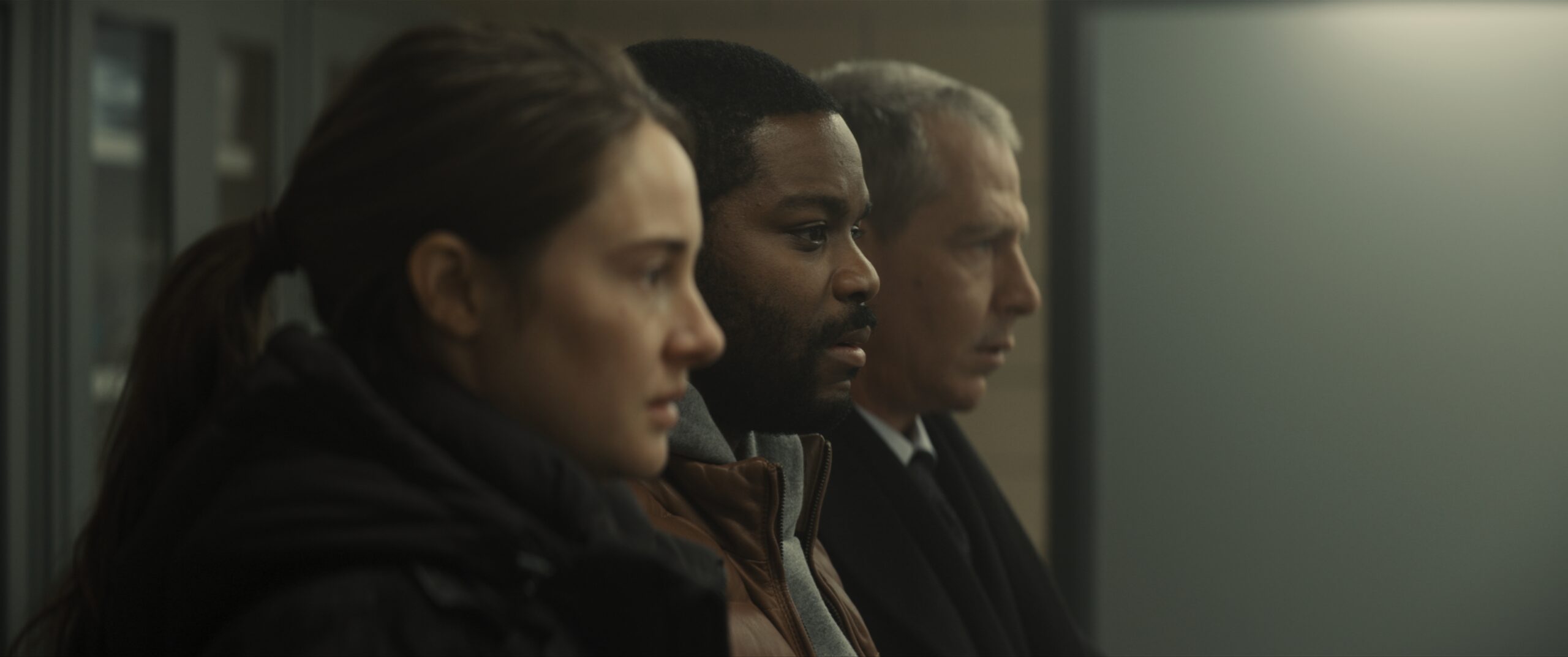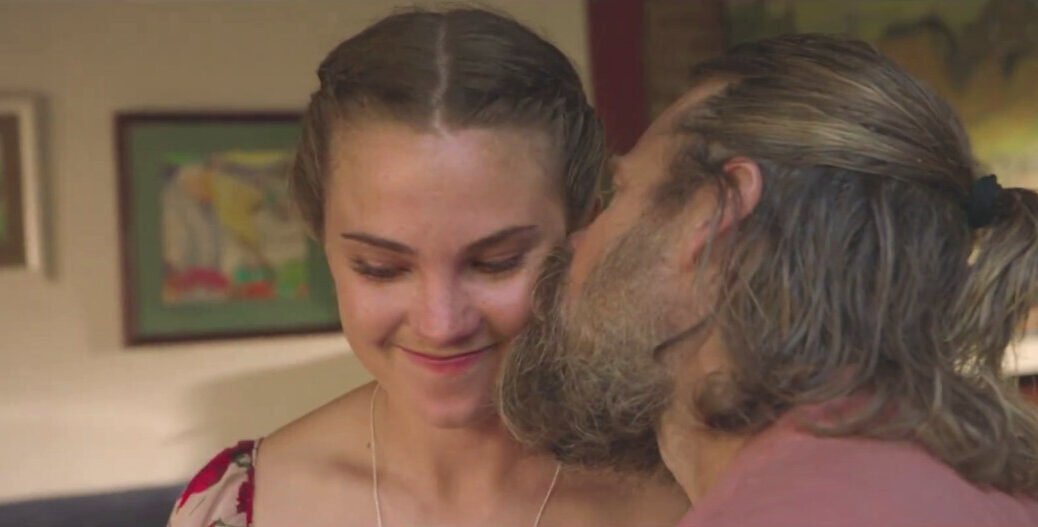32 Sounds
by Tori Hanes
Sound is the disregarded miracle of life. Its gravity against the wandering human spirit is a given that’s processed through an apathetic gaze. The dimension that invisible vibrations give to a fleeting, complicated, finite life is the epicenter of documentarian Sam Green’s latest piece, 32 Sounds.
Through the exploration of 32 unique sounds, Green examines the net this simple sense casts into every aspect of life. He taps philosophers, composers, scientists, Hollywood engineers (practically, anyone who’s devoted their life to noise) to share their interpretation of the illusive.
Through this dissection, a common theme is identified and isolated: loss. The fleeting nature of life paired with the millisecond reverberation of sound finds fraternity easily. When we extend this to captured sound- the mating call of a nearly extinct bird cooing for its deceased mate, or a voicemail greeting from a loved one passed on – the interwovenness of our existence and the ability to hold the senses that gift us interpretation is astounding.
Green connects loss, the fleeting human experience, and sound throughout the film. He starts by immediately concocting these theories, then attempts to let the film find itself through the interview process. Without Green at the wheel, the message begins to meander and loses footing to absurdity. Green has a strong, interesting message here –sometimes, he just gets lost in his own spectacle.
Audience members will likely leave 32 Sounds reexamining their connection to the most elusive sense. They’ll let the hum of fluorescents, the padded thud of their feet on a living room rug, and the blare of a faraway horn sweep them into a symphony of miracle. And that, in and of itself, is the miracle of life.
